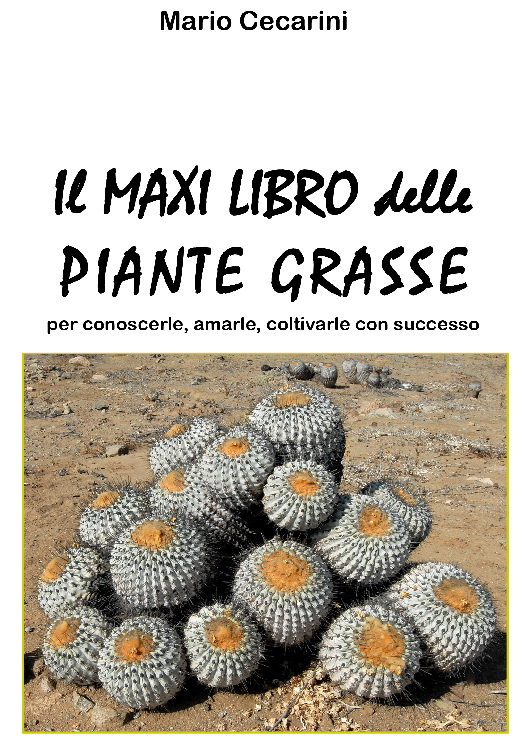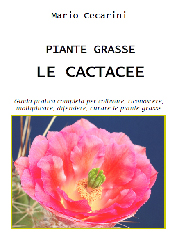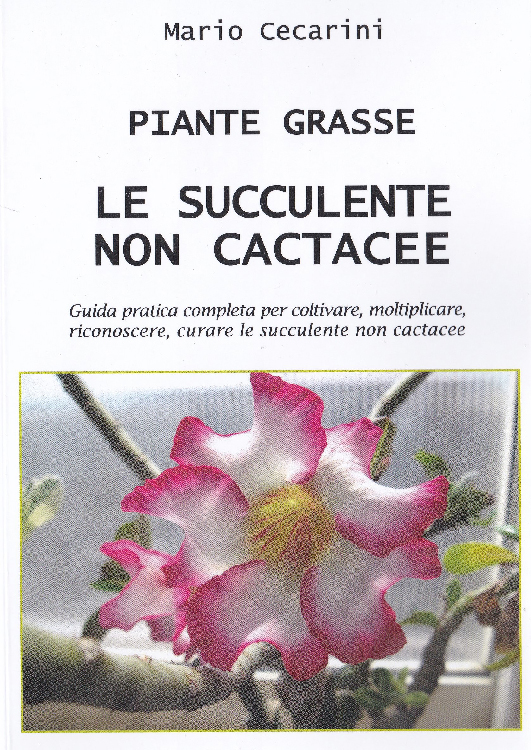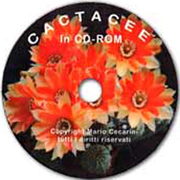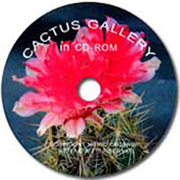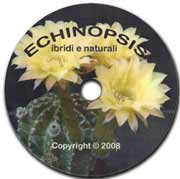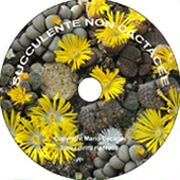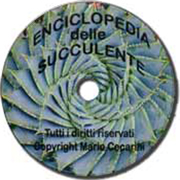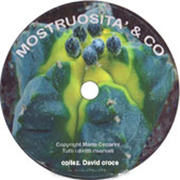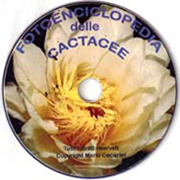Habitat: Peruvian Andes.
Description: a group of globular or columnar cacti with spines of variable length and colour and long-tubed flowers in the summer, followed by small green fruits. They once were within the genus Echinocactus. This genus also includes a group formerly under the name of Submatucana with which it was once put under Borzicactus. It is now been absorbed into Oreocereus.
Soil: basic mix.
Location: almost all of them prefer a sunny site. During the summer grow outdoors in a sheltered but airy spot.
Temperature: they resent excessive heat and can withstand a minimum of 6°C (43°F), but don’t let the temperatures go below 10°C (50°F) if you want to avoid damage to the epidermis.
Water: average; provide a certain amount of air humidity (this can be obtained by placing a pot saucer filled with grit covered with water that should not came directly into contact with the roots)
Cultivation tips: not easy due to their susceptibility to summer heat. They can be expect to flower when they reach 3 or 5 years of age in the spring or summer. They’re prone to spider mite attack.
Main species of Matucana: Matucana madisoniorum, Peru, at altitudes of 500 metres (1600 ft).
Matucana krahnii; Matucana aureiflora; Matucana caespitosa; Matucana haynei; Matucana intertexta;
Mv paucicostata; M. roseoalba; M. weberbaueri; Matucana violacea.




